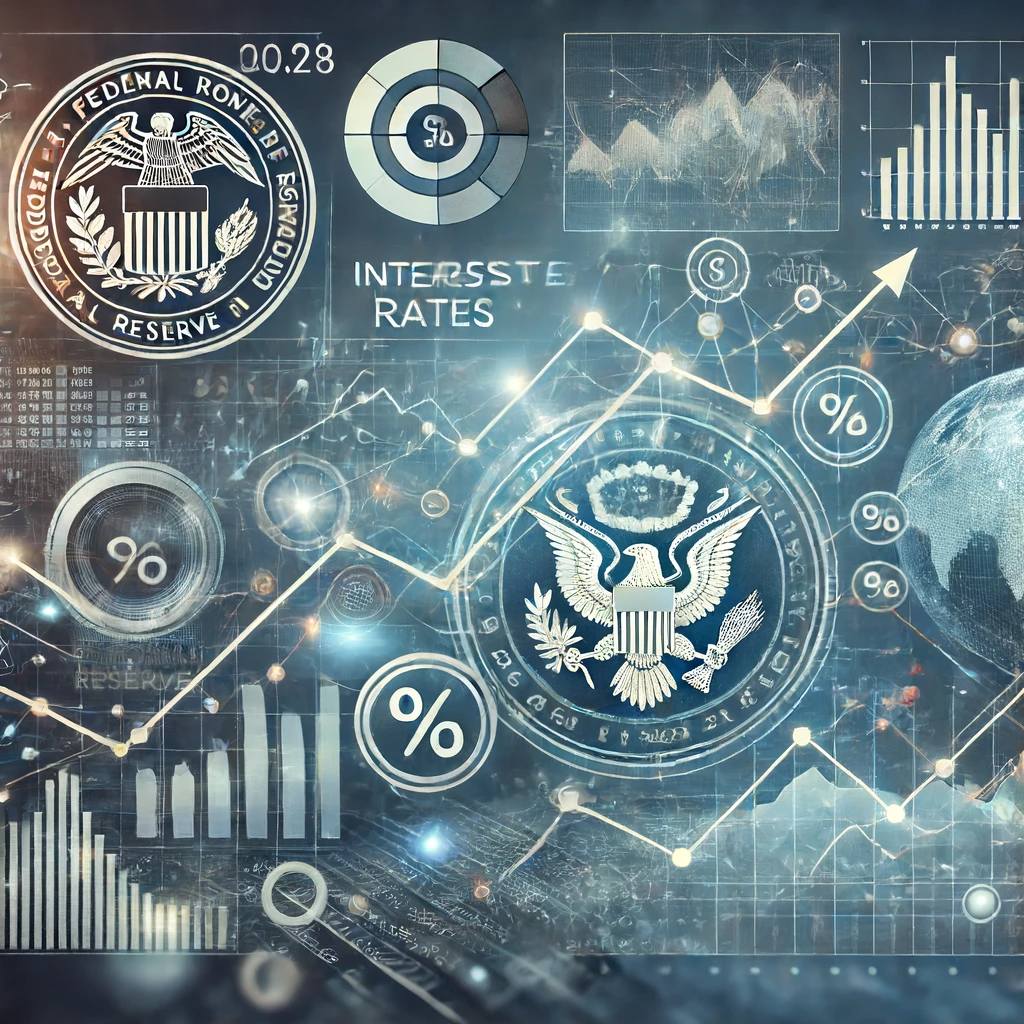Introduction
As we move into 2024, savers and investors alike are keenly interested in the trajectory of savings interest rates. Understanding the factors that influence these rates can help individuals make informed decisions about their financial planning. This article delves into the expected trends for savings interest rates in 2024, analyzing the key economic indicators and policies that are likely to drive changes in interest rates.
Current Economic Landscape
The economic landscape is a primary driver of savings interest rates. As of mid-2023, the global economy is navigating a complex mix of recovery and inflationary pressures. Central banks, particularly the Federal Reserve in the United States, play a crucial role in setting the tone for interest rates. Their policies are influenced by various economic indicators, including inflation rates, employment levels, and GDP growth.
Inflation And Interest Rates
Inflation is one of the most significant factors affecting savings interest rates. When inflation is high, central banks often raise interest rates to curb spending and bring inflation under control. Conversely, when inflation is low, interest rates may be reduced to encourage borrowing and spending. In 2023, inflation rates have been somewhat volatile, prompting speculation about how central banks will respond in 2024.
Federal Reserve Policies
The Federal Reserve’s monetary policy is another critical factor in determining savings interest rates. Throughout 2023, the Fed has been actively managing interest rates to balance economic growth and inflation. Their approach in 2024 will likely continue to focus on these dual objectives. If the economy shows signs of overheating, with high inflation and rapid growth, the Fed may increase interest rates. However, if economic growth slows or inflation moderates, the Fed could opt to maintain or even lower rates.
Global Economic Influences
Global economic conditions also influence domestic interest rates. For example, economic slowdowns in major economies such as China or the European Union can impact global trade and investment flows, which in turn affect interest rates. Additionally, geopolitical events and international trade policies can create uncertainties that central banks must consider when setting interest rates.
Predictions For 2024
Given the current economic indicators and policy trends, several scenarios could unfold in 2024:
Scenario 1: Gradual Rate Increase
If inflation continues to be a concern, the Federal Reserve may opt for a gradual increase in interest rates. This approach would aim to cool down the economy without causing a sharp slowdown in growth. Savers could see slightly higher returns on their savings accounts and certificates of deposit (CDs).
Scenario 2: Stable Rates
If inflation stabilizes and economic growth remains steady, the Fed might choose to maintain current interest rates. This scenario would provide stability for savers, with interest rates remaining at levels similar to those in late 2023.
Scenario 3: Rate Decrease
In the event of an economic slowdown or a significant drop in inflation, the Fed could decide to lower interest rates to stimulate borrowing and spending. This scenario would likely result in lower returns for savers but could provide a boost to the broader economy.
Planning For The Future
For savers, planning for 2024 involves staying informed about economic trends and central bank policies. Diversifying savings across various financial products can help mitigate risks associated with fluctuating interest rates. For example, combining traditional savings accounts with higher-yield investment options such as stocks or real estate can provide a balanced approach to wealth preservation and growth.
Conclusion
The outlook for savings interest rates in 2024 is influenced by a complex interplay of economic factors, inflationary trends, and central bank policies. While the exact trajectory of interest rates remains uncertain, savers can prepare by understanding these dynamics and making strategic financial decisions. Whether rates go up or down, staying informed and flexible will be key to navigating the financial landscape in the coming year.

